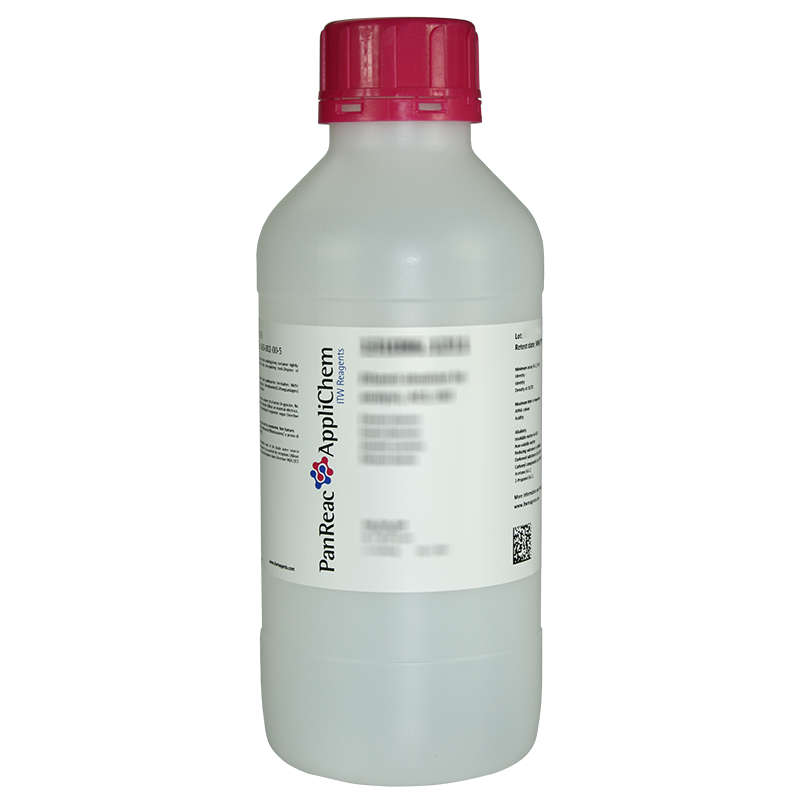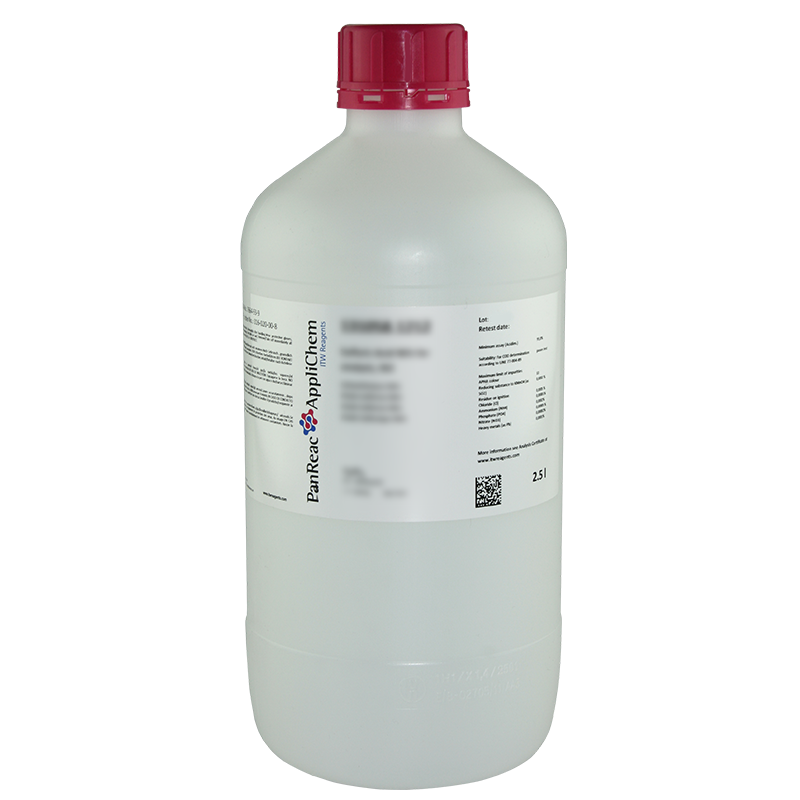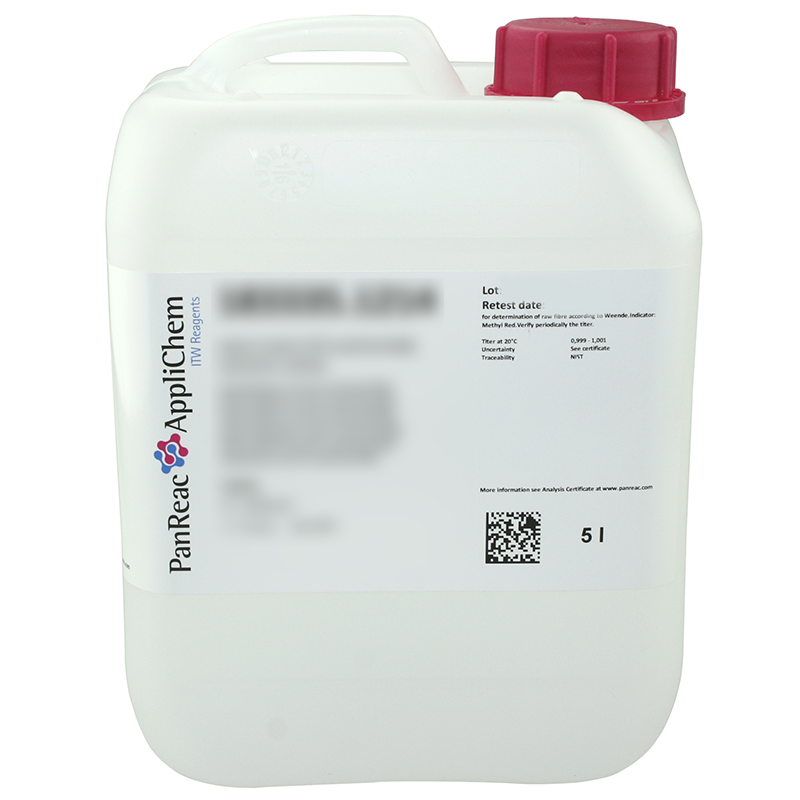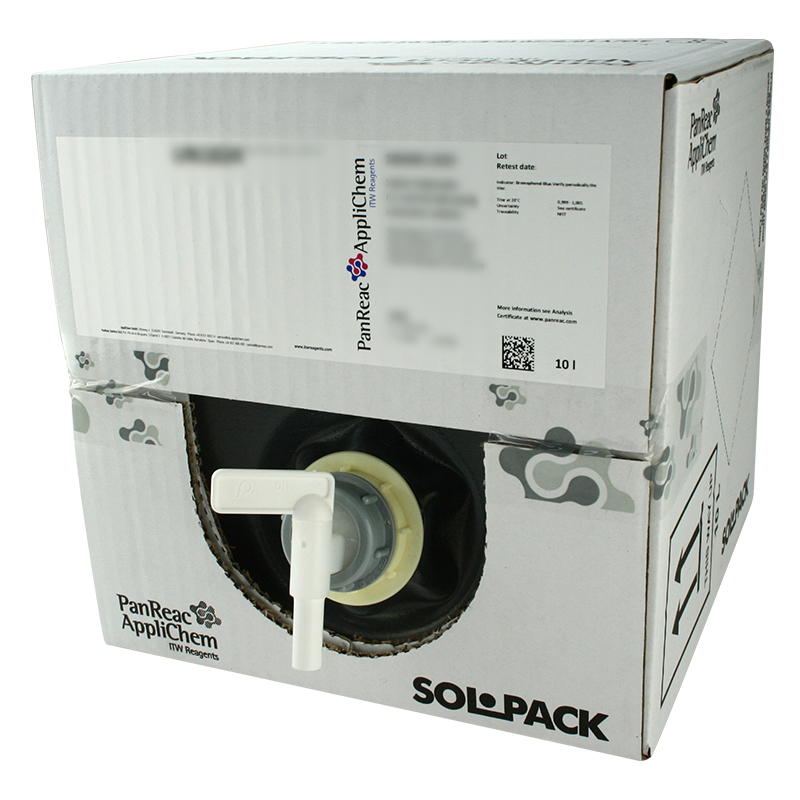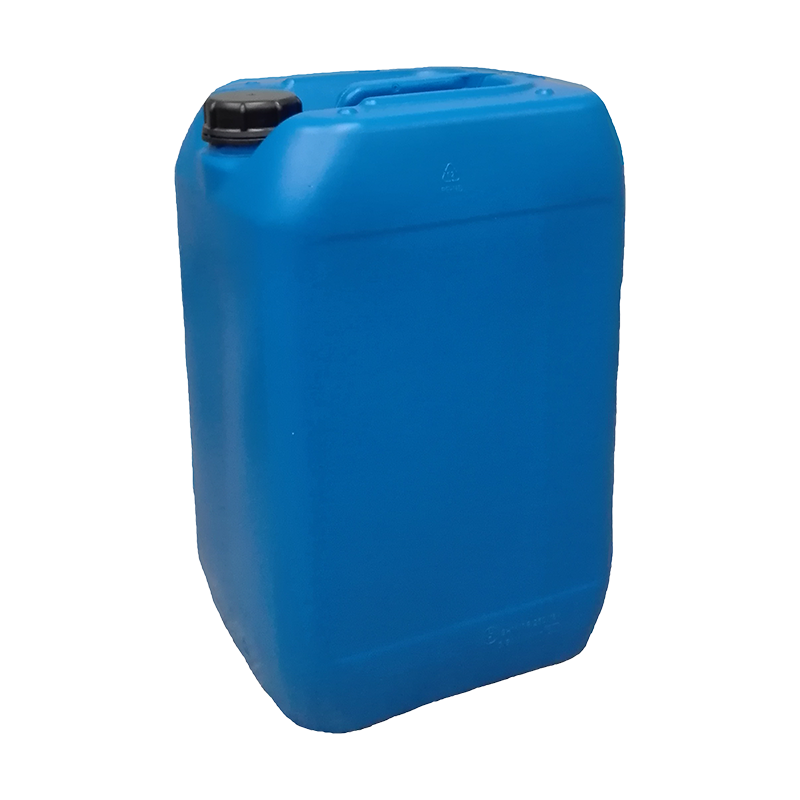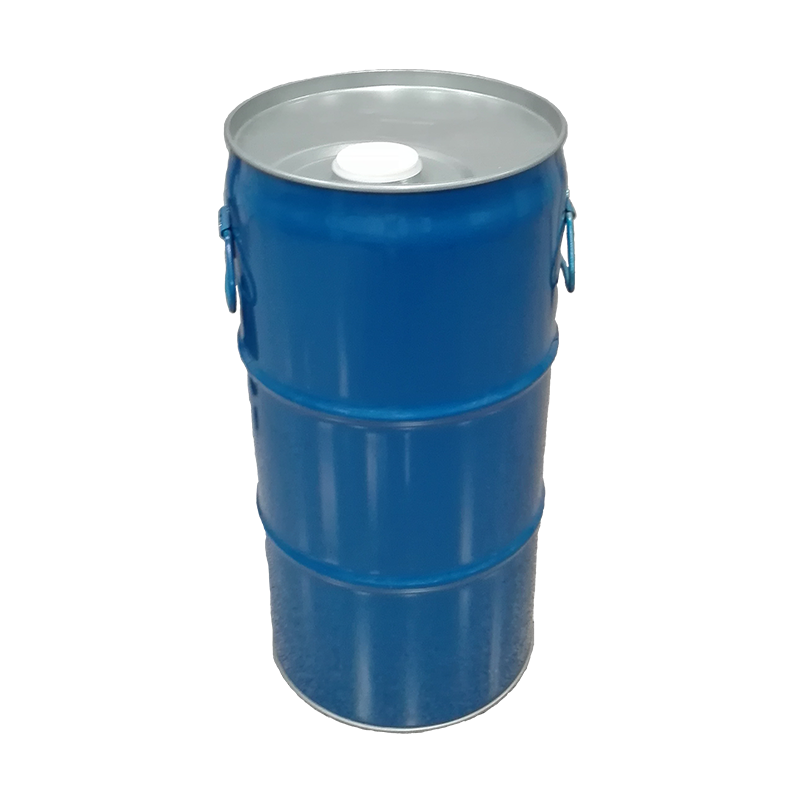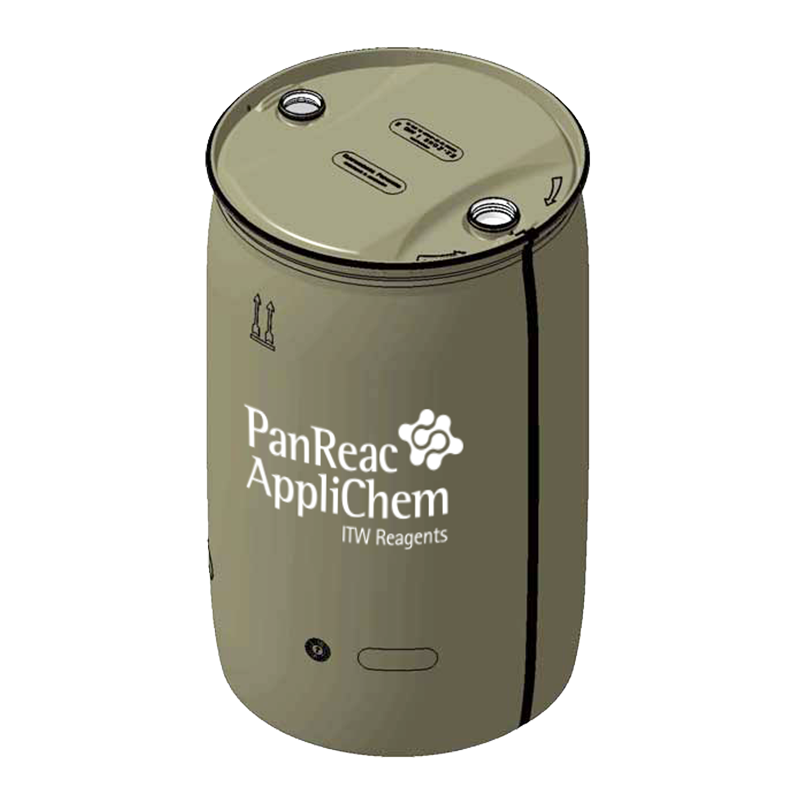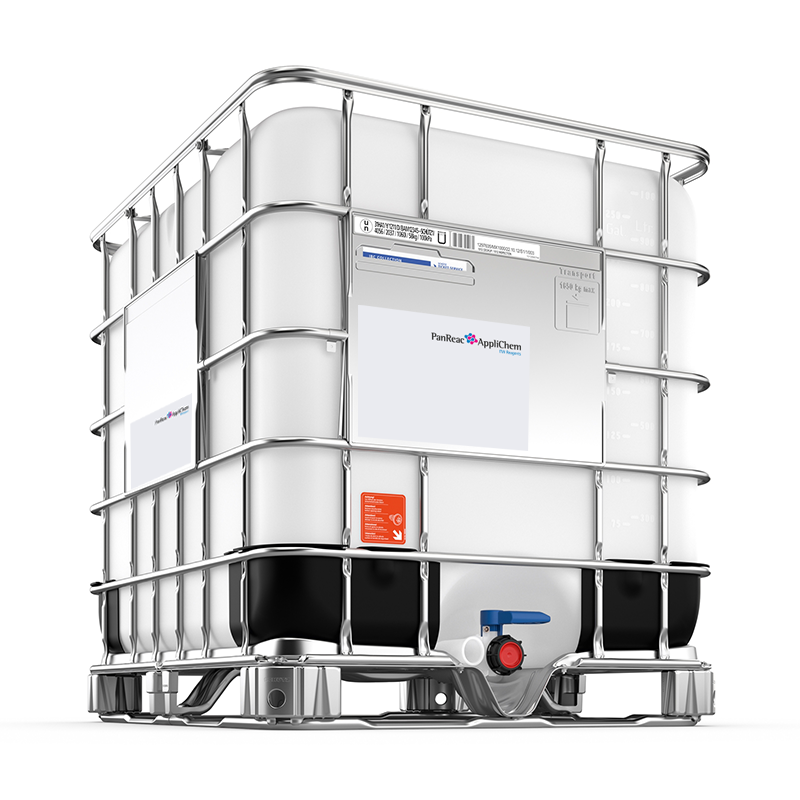Dimensioni confezioni (8)
| codice | dimensione imballaggio | prezzo per unità | prezzo confezione per unità | |
|---|---|---|---|---|
| Codice e imballaggio | Prezzo per articolo | |||

|
codice
141085.1211
|
dimensione imballaggio
1000 ml
|
prezzo per unità
unico
25,00€
|
prezzo confezione per unità
21,25€x 6 unità
|

|
codice
141085.1212
|
dimensione imballaggio
2.5 l
|
prezzo per unità
unico
50,30€
|
prezzo confezione per unità
42,75€x 4 unità
|

|
codice
141085.1214
|
dimensione imballaggio
5 l
|
prezzo per unità
unico
72,20€
|
prezzo confezione per unità
61,37€x 4 unità
|

|
codice
141085.1315
|
dimensione imballaggio
10 l
|
prezzo per unità
unico
147,50€
|
prezzo confezione per unità
|

|
codice
141085.0716
|
dimensione imballaggio
25 l
|
prezzo per unità
unico
Richiedi un preventivo
|
prezzo confezione per unità
|

|
codice
141085.0816
|
dimensione imballaggio
25 l
|
prezzo per unità
unico
Richiedi un preventivo
|
prezzo confezione per unità
|

|
codice
141085.3619
|
dimensione imballaggio
200 l
|
prezzo per unità
unico
Richiedi un preventivo
|
prezzo confezione per unità
|

|
codice
141085.9774
|
dimensione imballaggio
1000 l
|
prezzo per unità
unico
Richiedi un preventivo
|
prezzo confezione per unità
|

Dati tecnici
- Melting Point:
- -114.1 °C
- Boiling Point:
- 78.5 °C
- Density:
- 0.805 kg/l
- Refractive Index:
- 20/D 1.361
- Physical Description:
- liquid
- Product Code:
- 141085
- Product Name:
- Ethanol 96% v/v (USP, BP, Ph.Eur.) pure, pharma grade
- Quality Name:
- pure, pharma grade
- Specifications:
- Assay (G.C.) (v/v): 96.0-96.6 %
Identity according to Pharmacopoeias:: passes test
Density 20/20: 0.8051-0.8124
Maximum limit of impurities
ABS λ 240 nm: 0.40
ABS λ 250-260 nm: 0.30
ABS λ 270-340 nm: 0.10
ABS Absorption curve,smooth: passes test
Appearance: passes test
Acidity or alkalinity: passes test
Alkalinity: 0.001 meq/g
Insoluble matter in H2O: passes test
Non-volatile matter (w/v): 0.0025 %
Reducing substance to KMnO4: passes test
Clarity of solution: passes test
Fusel oil: passes test
Residual solvents (Ph.Eur/USP): passes test
Acetone (G.C.): 0.005%
1-Pentanol, non-volatile subst. and carbonized subst. by H2SO4: passes test
2-Propanol (G.C.): 0.03%
Acetone, 2-Propanol and 2-Methyl-2-Propanol: passes test
Aldehydes (as CH3CHO): 0.001%
Benzene (U.V.): 0.0002%
Butanone (G.C.): 0.02%
Volatile impurities (G.C.)
Methanol: 0.02%
Acetaldehyde and acetal: 0.001 %
Benzene: 0.0002 %
Total other impurities: 0.03 %
Fe: 0,00005 %
- Pittogrammi di pericolo
-
- UN:
- 1170
- Class/PG:
- 3/II
- ADR:
- 3/II
- IMDG:
- 3/II
- IATA:
- 3/II
- Storage:
- Storage away from direct light.
- Signal Word:
- Danger
- GHS Symbols:
- GHS02
GHS07
- H Phrases:
- H225
H319
- P Phrases:
- P210
P233
P240
P241
P242
P501
P243
P280
P303+P361+P353
P370+P378
P403+P235
P264
P305+P351+P338
P337+P313
- Master Name:
- Ethanol 96% v/v
- Synonyms Long Text:
- Ethyl Alcohol
- EINECS:
- 200-578-6
- CS:
- 22071000
- Index Nr.:
- 603-002-00-5


